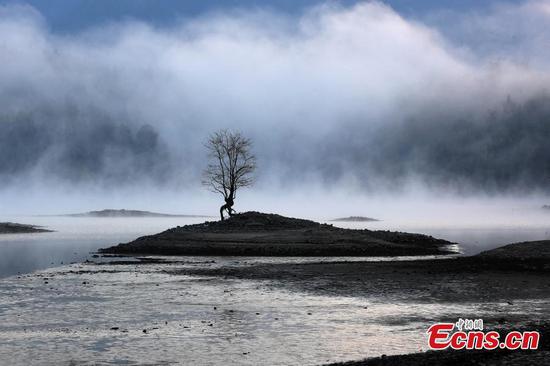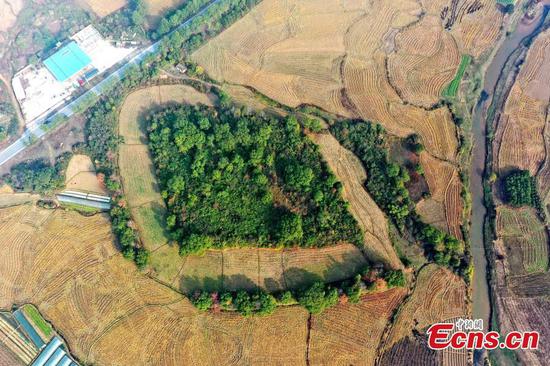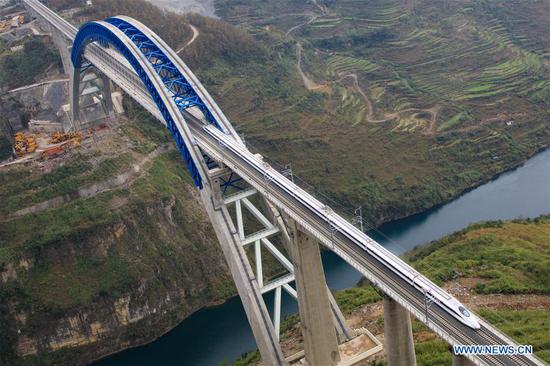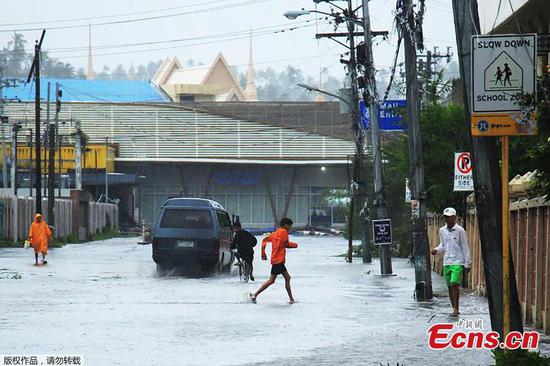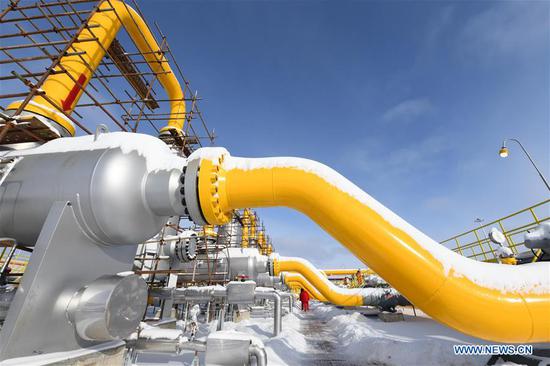China could gain a new gear for growth by developing smart supercities through 5G connectivity, smart grids, renewable energy and modern transportation, according to a latest research report of Morgan Stanley.
"A second wave of urbanization driven by smart tech 'supercities'- regional clusters of giant hub cities surrounded by large satellite cities - could hold the key to giving China a new gear for growth, with significant implications for investors and the global economy," the investment bank said in the report on Wednesday.
In the long term, these smart urbanization trends will help sustain productivity growth and mitigate the structural growth headwinds from an aging population, Robin Xing, Morgan Stanley's Chief China Economist, said in another report recently.
Morgan Stanley forecast that China's urbanization ratio would grow from the current 60 percent to 75 percent by 2030, bringing in 220 million new city residents.
That would help keep total factor productivity growth at a relatively high compound annual growth rate of 1.6 percent through 2030. Thus, the country's annual per-capita income could more than double by 2030.
The financial institution also found that China has shifted its urbanization strategy focus over the past two years onto primarily developing five city clusters in advanced regions, including Yangtze River Delta, Jing-Jin-Ji Area, Greater Bay Area, Mid-Yangtze River Area, and Chengdu-Chongqing Area.
It is estimated that the average population of the top five city clusters would reach 120 million by 2030, each close to the size of Japan's entire population.
Visualizing future life in a potentially smart supercity, the report described daily commuting via high-speed rail and automated vehicles on smart grids, automated households with smart Internet of Things (IoT) appliances running on a next-generation 5G network, as well as better healthcare empowered by artificial intelligence and big data.
Such rapid development would largely fuel demands for an array of industries in the country, including telecommunications and utilities, as well as spur investment in areas like public cloud, 5G infrastructure and IoT devices.
"Over the longer run, more advanced smart city features, such as driverless cars, auto-delivery drones, and fully interconnected and automated home appliances should take productivity to the next level," said Shawn Kim, head of Morgan Stanley's Asia Technology research team.
China's transition to tech-driven supercities would create numerous opportunities for global investment. In this aspect, the bank holds that China's smart cities will emerge as an early pilot project for telecom operators to monetize 5G investments.













